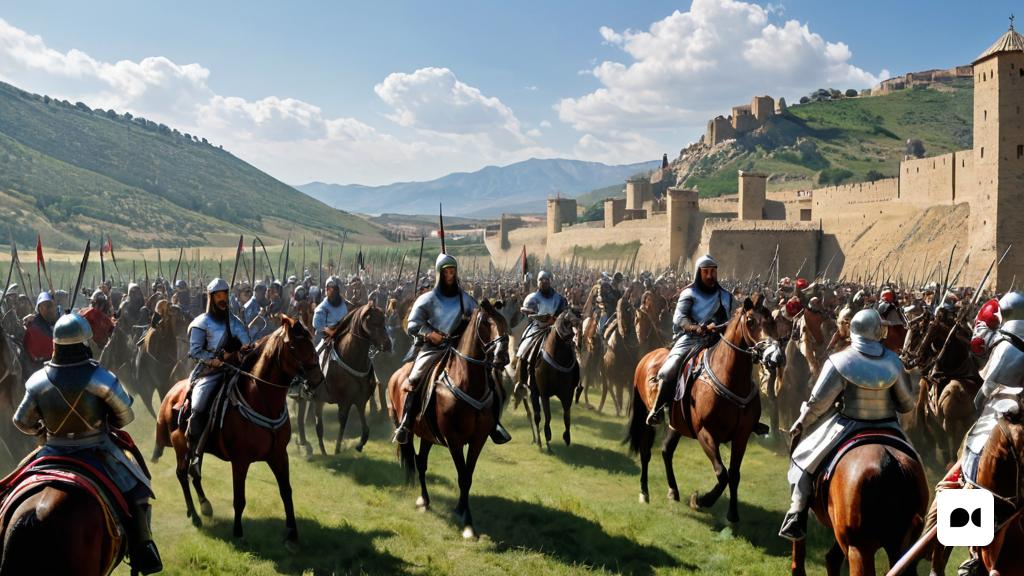Historical Context: The Two Faces of the Peninsula
In the middle of the 11th century, the Iberian Peninsula was in a complex political framework, where the coexistence of Christian and Muslim kingdoms defined the course of history. In this scenario, the city of Mollerussa was situated as a territory in dispute between the Almoravid emirate of Zaragoza and the county of Urgell.
On 11 September 1102, Count Armengol V of Urgell fell to the Almoravid cadi in a fierce battle, marking a milestone that would change the course of his lineage and local history. His death earned him the nickname ‘el de Mollerussa’, and he left his legacy in the custody of his father-in-law, Pedro Ansúrez, which unearthed mysteries about unexpected alliances.
The Life of Zaida: Between Two Worlds
Five decades before the aforementioned battle, in 1063, Zaida was born in Lleida under Muslim rule. Coming from the illustrious Banu-Hud family, her lineage had intertwined with the indigenous cultures of the peninsula, creating a melting pot of influences that made her unique.
Royal Marriage and its Meaning
The year 1080 was crucial when Zaida married Abu Nasr al-Mammun, king of the Taifa of Córdoba. This union not only represented a personal union, but also an attempt to strengthen ties between the families of both, marking a historical resonance between the Banu-Hud and the Banu Hammud.
Zaida: A Cultural Influencer at the Court
Attracted by the Andalusian cultural legacy, Zaida became a relevant figure in Córdoba, where, despite the fall of the caliphate, she continued to shine as a symbol of tradition and prestige for almost a decade.
Displacements and Transformations
The arrival of the Almoravids marked a dramatic change. Following their victory, the new rulers of North Africa began to impose stricter control, leading to the ruin of the taifa kingdoms. In this chaotic panorama, Zaida found herself in a complicated situation, being subjected to decisions that would mark her life and that of her family.
From Pilgrim to Rescue: A Twist in History
After the fall of Córdoba, Zaida was saved by Alfonso VI of León, who, after a series of unexpected events, offered her protection at his court, granting her a new role in Christian society. Under the name Isabel, her influence was felt in León, becoming a symbol of integration between diverse cultures.
New Alliances and Strategies
Together with Alfonso VI, Zaida instigated a series of diplomatic movements that sought to unite the Christian kingdoms against the Almoravid threat. This dynamic led to strategic marriages, such as that of her daughter María Pérez Ansúrez with Armengol VI, demonstrating the network of alliances that was woven between cultures.
Zaida’s Legacy: Weaving Stories of the Future
Although Sancho, her son with Alfonso VI, died young in battle, his legacy lived on through his daughters, who cemented a new lineage that significantly influenced the history of the peninsula. Through her descendants, we can trace the powerful influence of Zaida, permanently linking the Muslim past with the Christian future.
Ultimately, Zaida’s life represents not only an intersection of cultures, but also a testimony to how human ties and political alliances can defy the boundaries of time and religion, weaving a rich heritage that lives on in the history of the Mediterranean.

